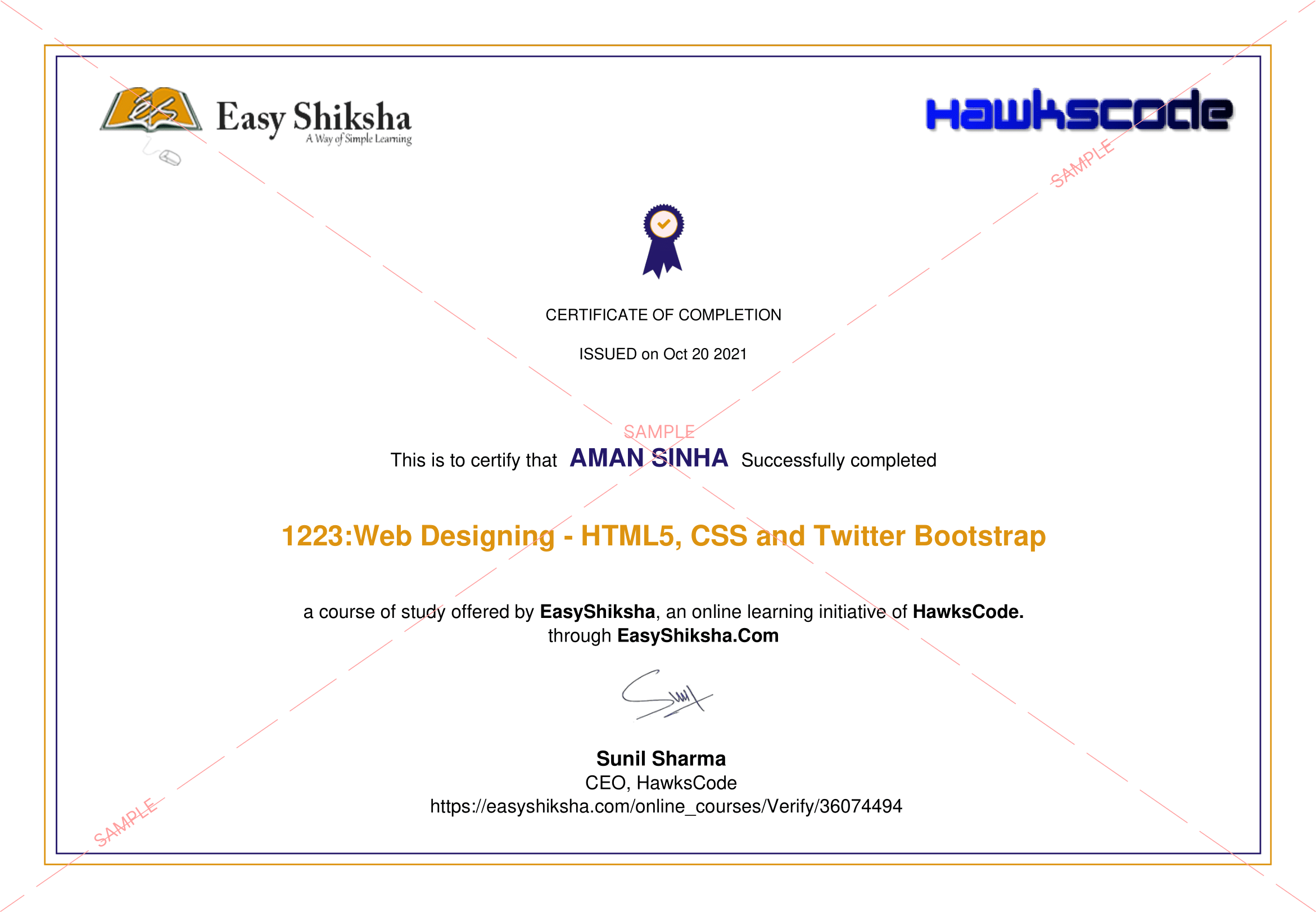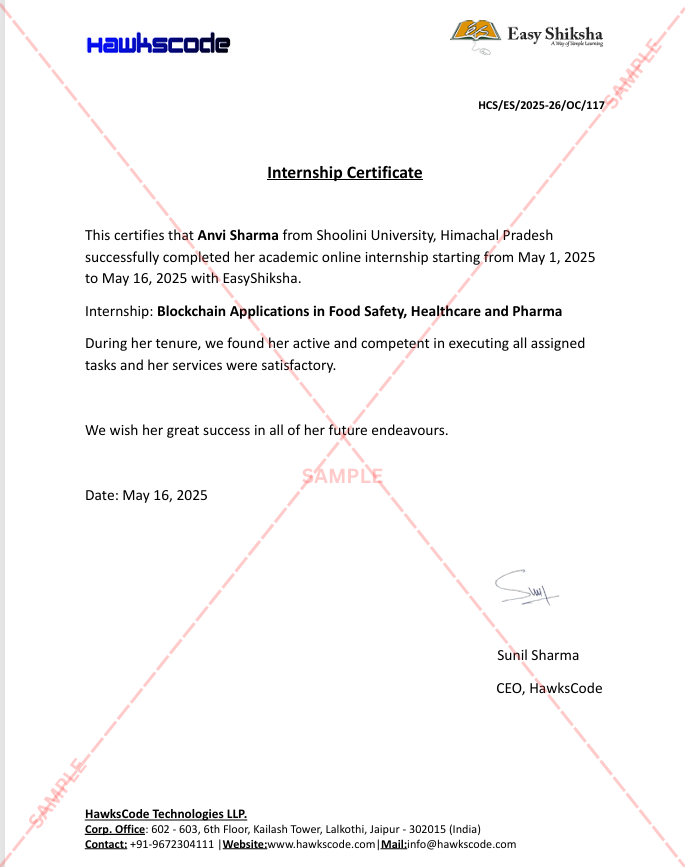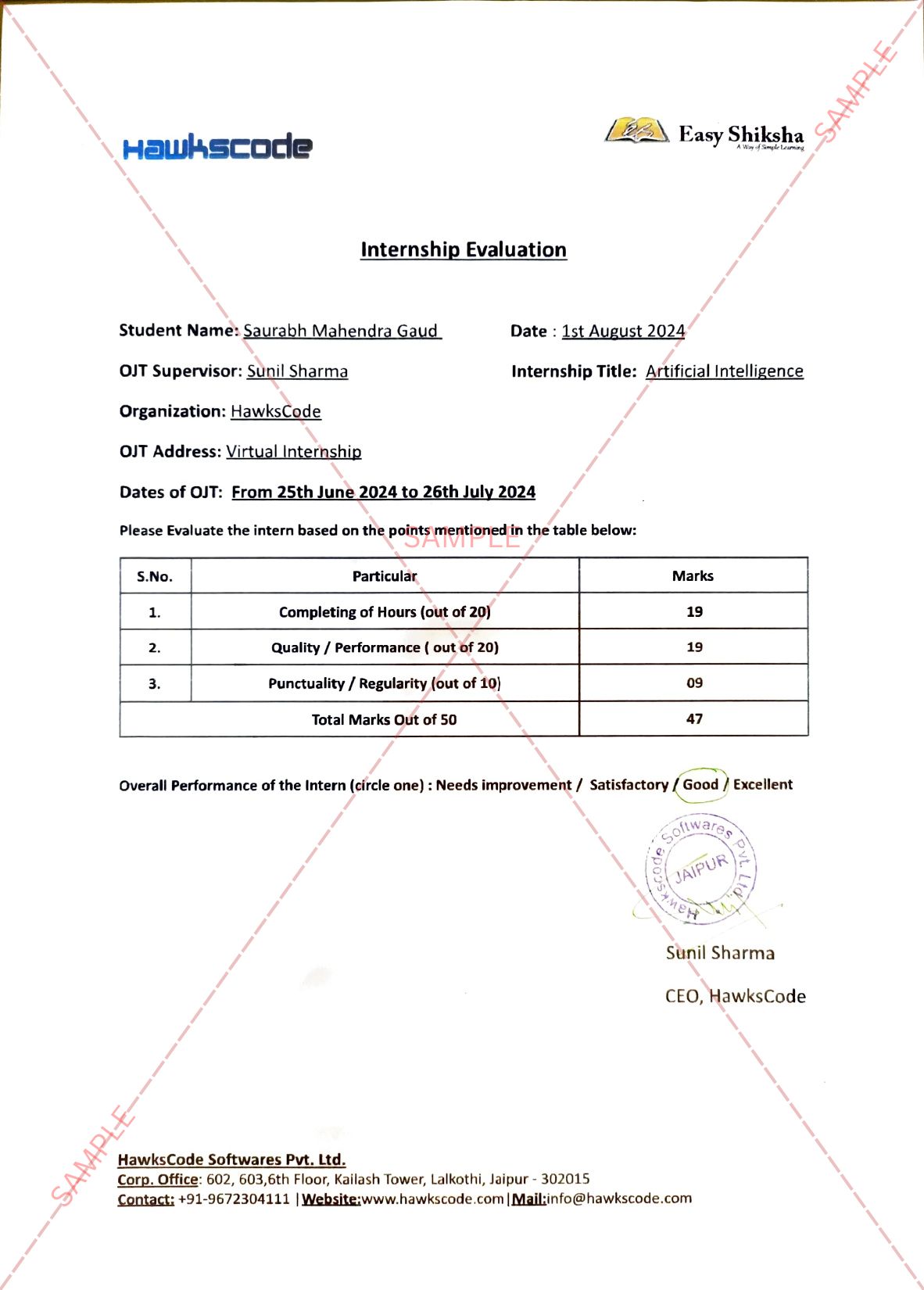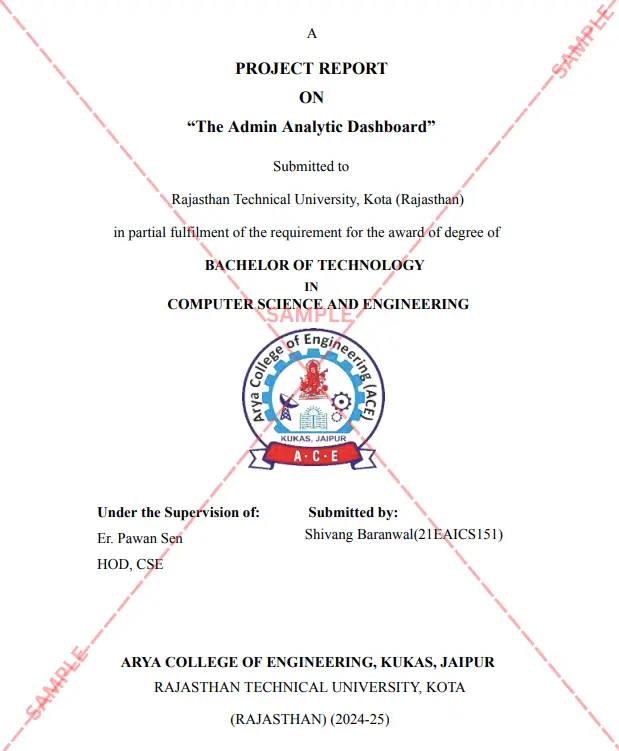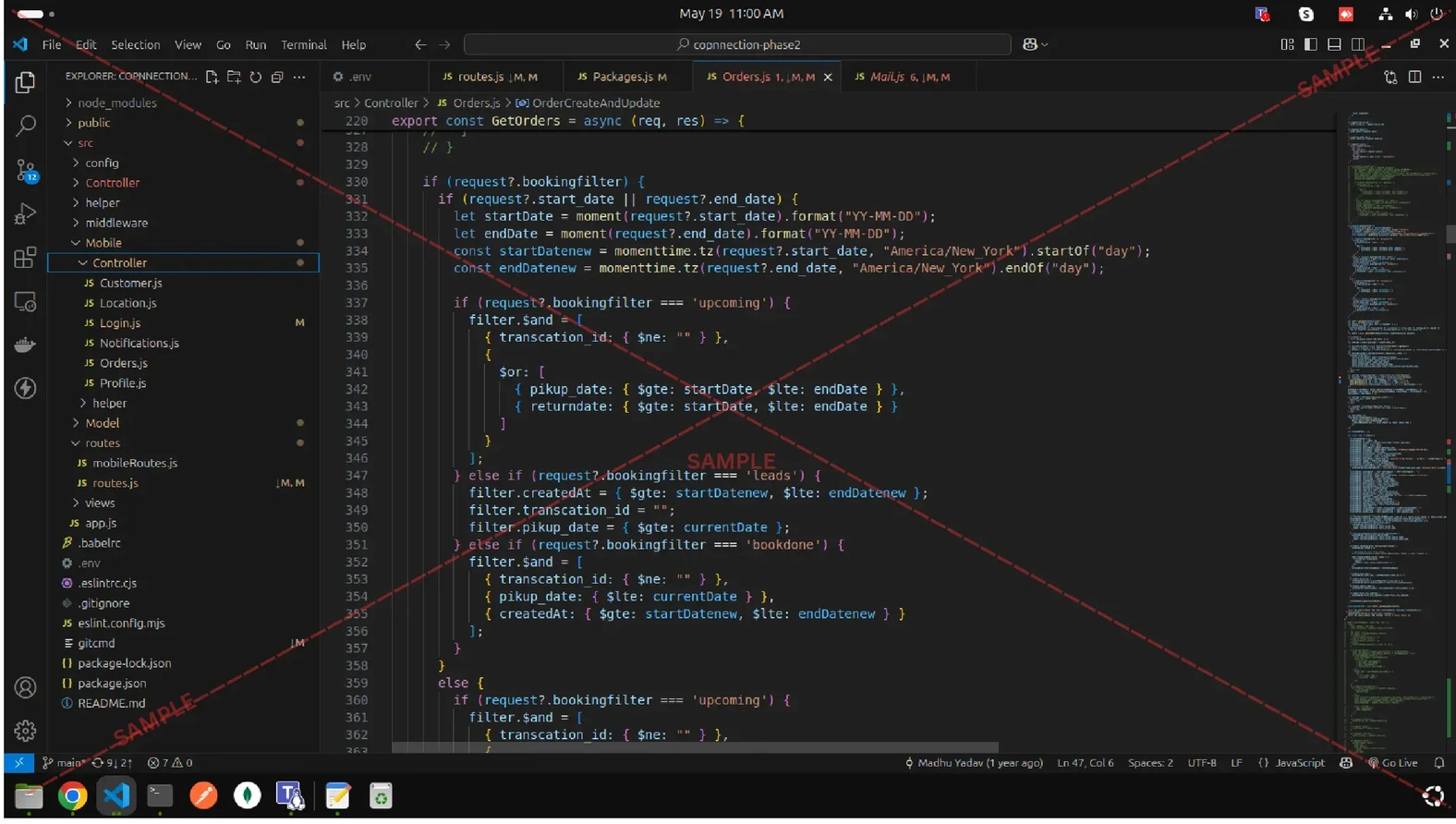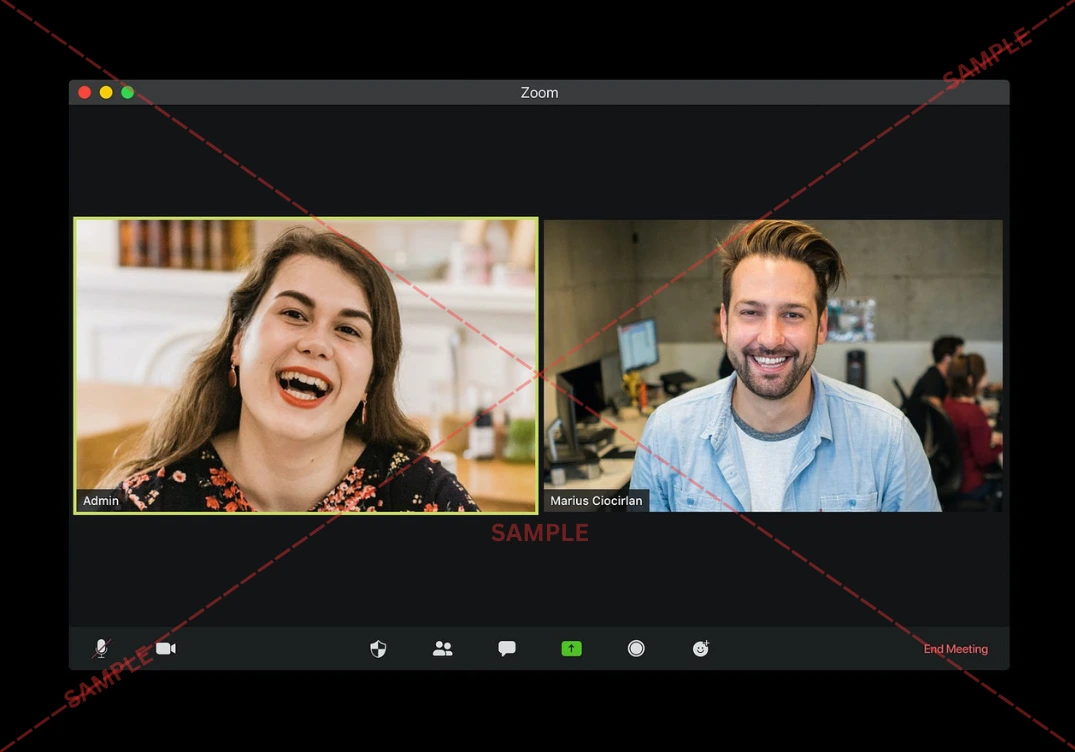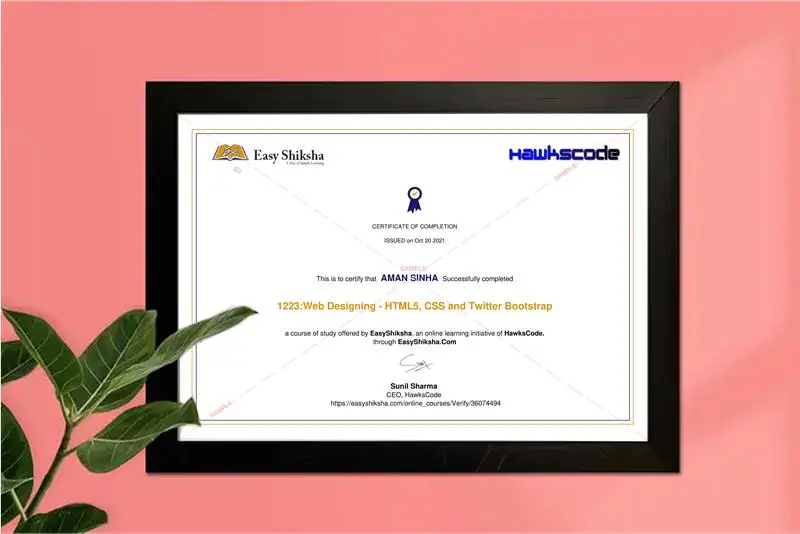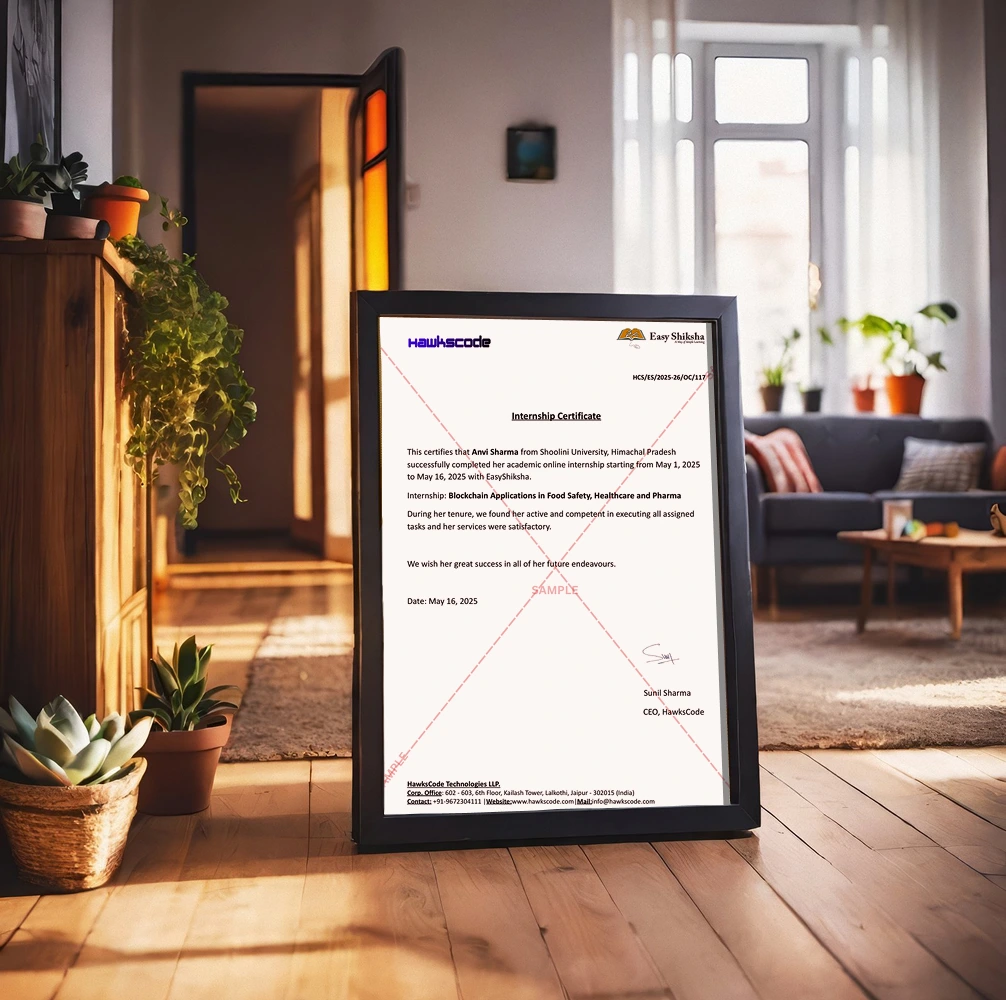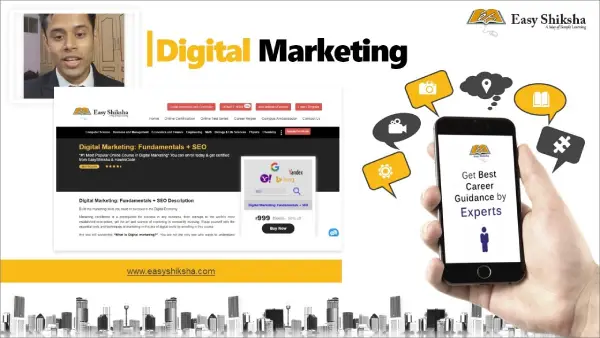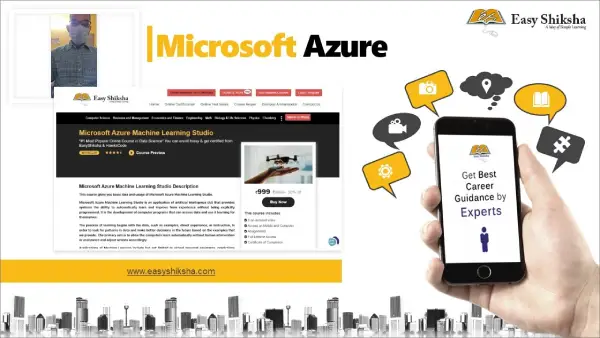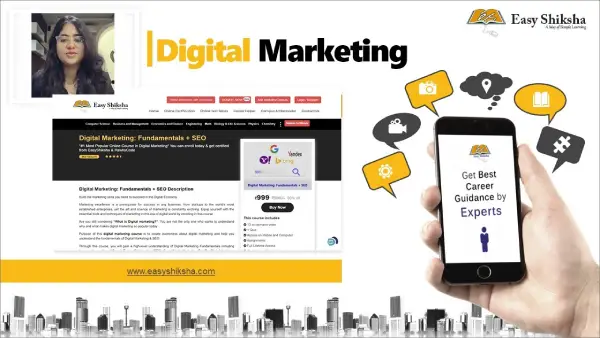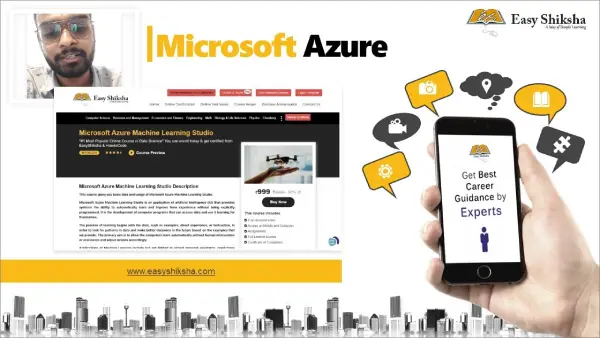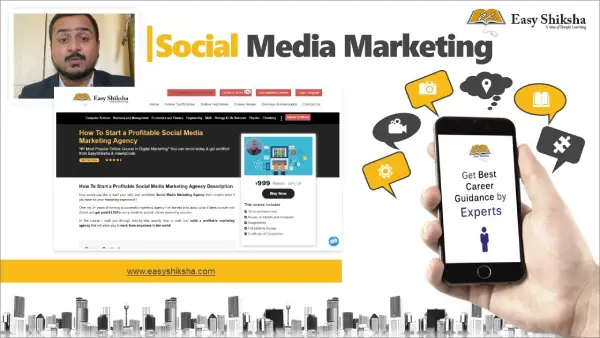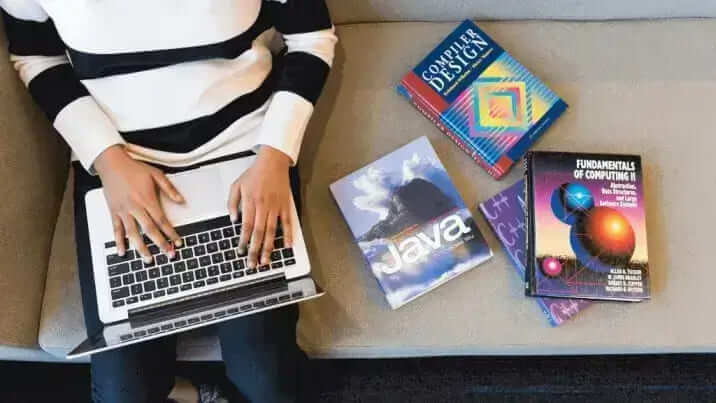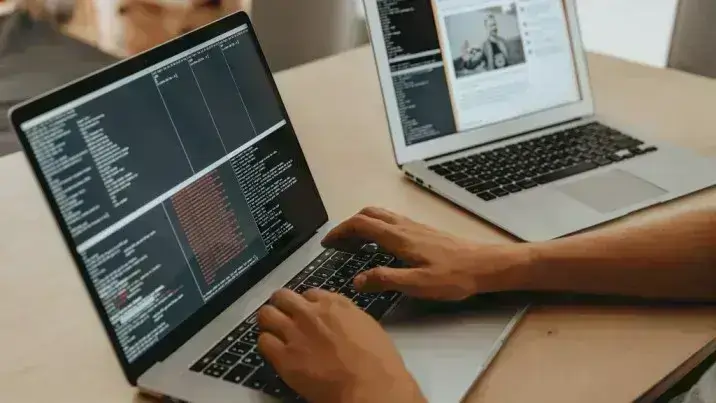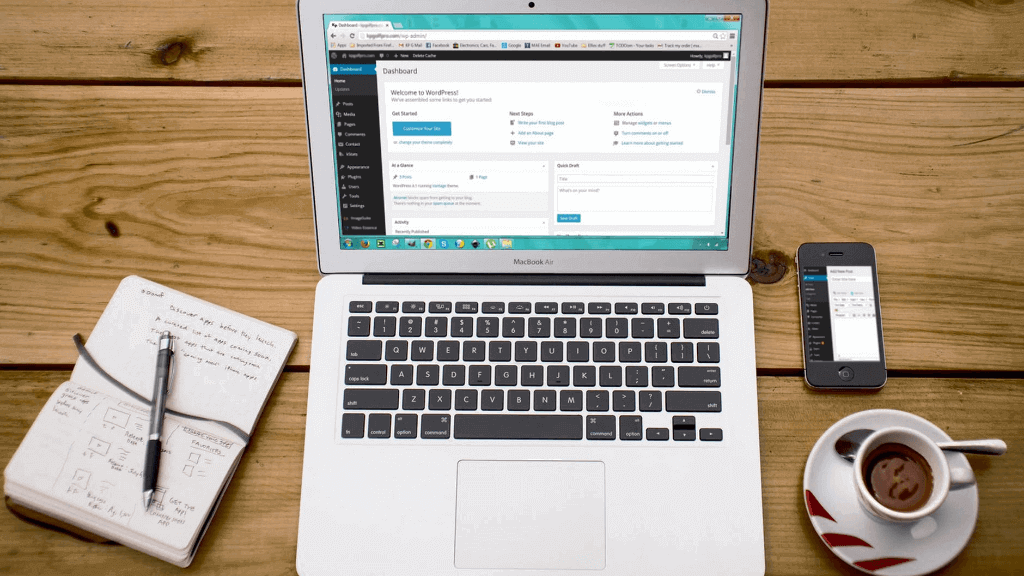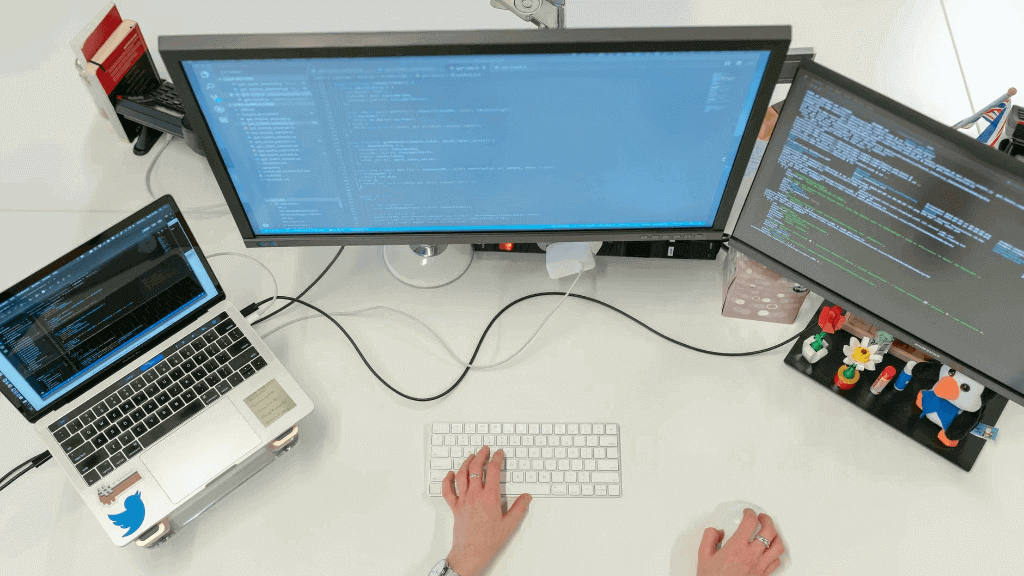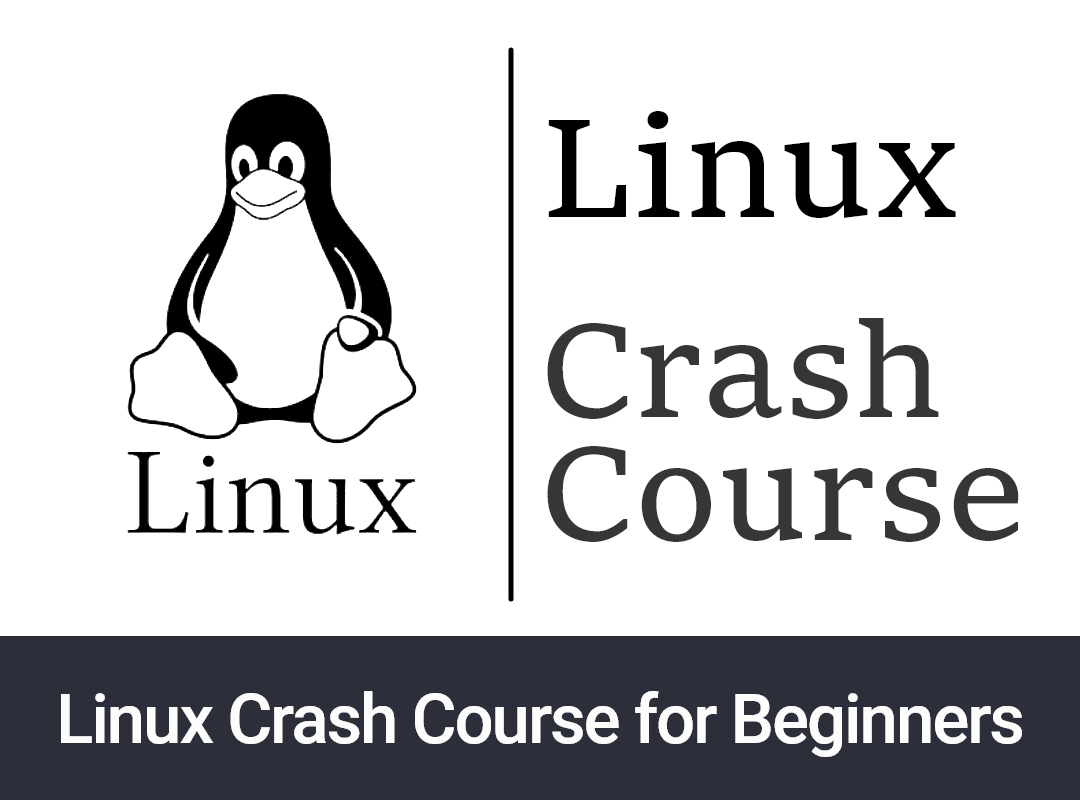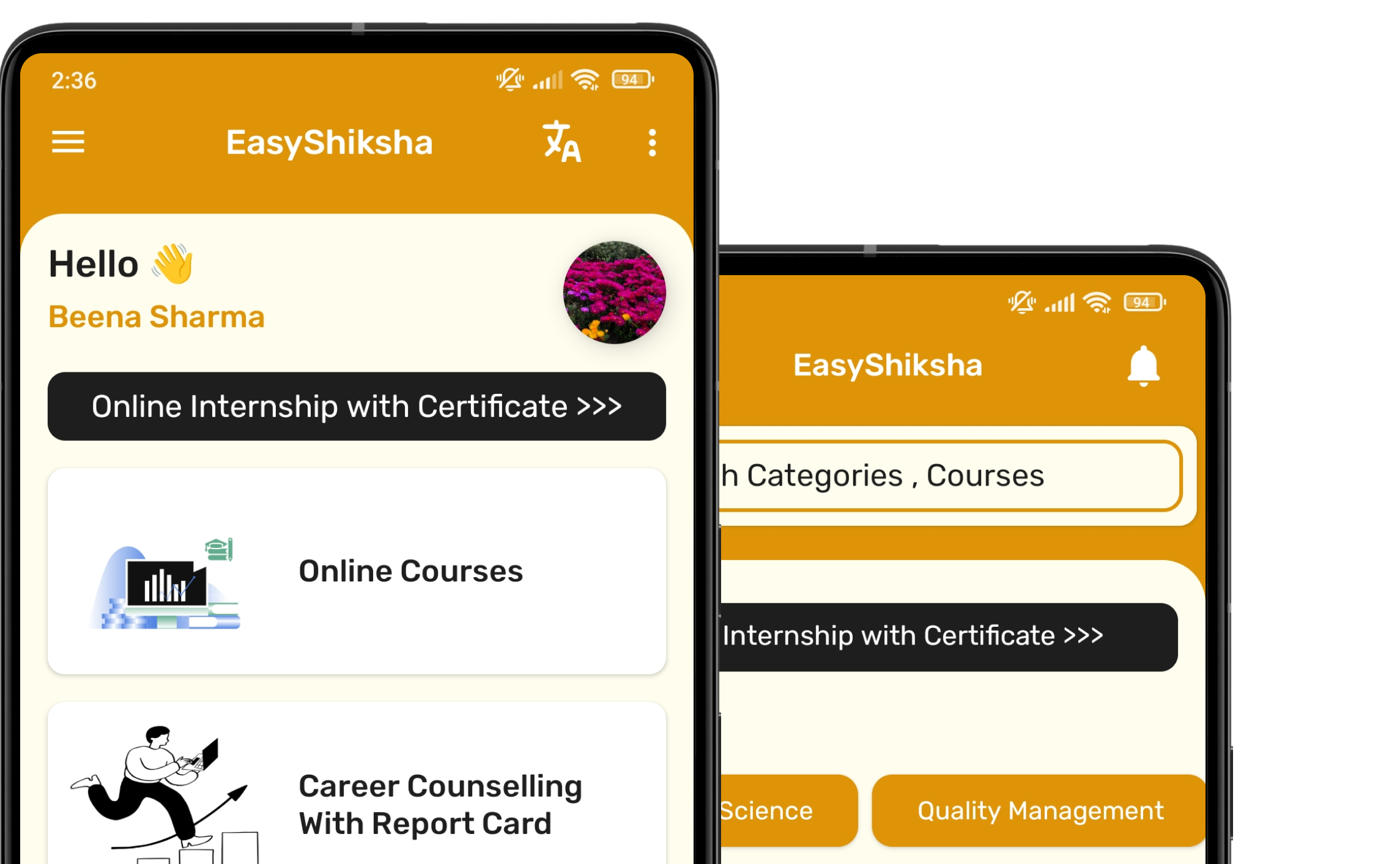IoT Internet of Things Crash Course: Step by step is a course specially created for Electronic Geeks & Engineers who want to take their Electronics and Microcontroller Projects to the next level, adding WiFi, Bluetooth connectivity, and more processor power while maintaining battery life.
ESP32 Email Alert Based on Sensors Reading: Send Emails using ESP32 and Arduino IDE coding easily and effectively and unleash the power of coding and ESP32 Hardware.
ESP32 Web Server: Step by Step Course to create your very own standalone web server with ESP32 that controls output and displays data.
ESP32 + Databases to Control Anything Anywhere: Step by Step Course to help you create your first internet-connected electronics projects using the ESP32 WiFi breakout board.
The course lessons will explain “How to work on ESP32 Board” by using C Language and the famous Arduino IDE development environment. This course will work best for you if you have basic knowledge of Electronics and Arduino. You will learn how to interface the ESP32 Board with your Computer and control it in no time.
ESP32 can be used in your Engineering projects, Industrial Projects, or IoT Home Automation related projects.
Why you should take this course?
- Learn how to get started building IoT projects from scratch.
- Gain a solid understanding of the Internet of Things and the role it plays in our world today.
- Learn how to design, use, and program ESP32 - a new type of IoT controller.
- Understand how to build IoT applications that can run on a variety of different devices.
- Learn about WiFi, Bluetooth, LoRaWAN, and other technologies that power IoT devices.
Why Learn ESP32?
If you are an Engineering or Science student, you might come across projects in which you want to control or monitor via the internet. ESP32, with its robust design, ultra-low power consumption, high level of integration, and hybrid Wi-Fi & Bluetooth chip, is the best fit to get started in the Internet of Things world.
We will explore:
- Digital Output: Blinking a LED
- Digital Input: Reading a Touch Sensor
- Analog Input: Reading a variable voltage from a potentiometer
- Analog Output: Controlling a LED brightness
- Analog Output: Controlling a Servo Position
- Reading Temperature/Humidity Data with a Digital sensor
- Connecting to the Internet and getting local time
- Receiving data from a simple local web page, turning on/off a LED
- Transmitting data to a simple local web page
At the end of this course, you can create innovative IoT projects. The only thing that you need to do is THINKING, WIRING & CODING.
ESP32 Email Alert Based on Sensors Reading
The course lesson will explain “ESP32 Email Alert Based on Sensors Reading” by using Arduino IDE coding and Arduino Environment. This course will work best for you if you have basic knowledge of Electronics and Arduino. You will learn how to interface the ESP32 with your computer and control it using Arduino IDE to read sensor data and send emails accordingly.
You’ll learn how to:
- Set up electronic circuits
- Set up the communication protocol on ESP32
- Write basic applications for ESP32 in Arduino to control basic functions
- Advanced control sensors and email automation using ESP32
- How to integrate ESP32 sensors and switches
ESP32 Web Server
The course lesson will explain “How to create a webserver” by using Arduino IDE Programming Environment. This course will work best for you if you have basic knowledge of Electronics and Arduino. You could connect sensors to an Arduino and control everything using a simple webpage that you will create in this course.
You’ll learn how to:
- Create a simple ESP32 Web Server in Arduino IDE
- Understand ESP32 operating modes: Station (STA) Mode and Soft Access Point (AP) Mode
- Connect devices to ESP32
- Control things from an ESP32 Web Server
ESP32 + Databases to Control Anything Anywhere
The course lesson will explain “How to control stuff from all around the world” by using Arduino IDE Programming Environment. This course will work best for you if you have basic knowledge of Electronics and Arduino. You could connect sensors to an Arduino and send the values to a database on the internet.
You’ll learn how to:
- Create a simple ESP32 HTTP Request in Arduino IDE
- Get a free hosting server and domain name
- Create a PHP script to insert data into MySQL
- Display data on a web page
- Create a MySQL database to store readings
- Get sensors reading








